Description
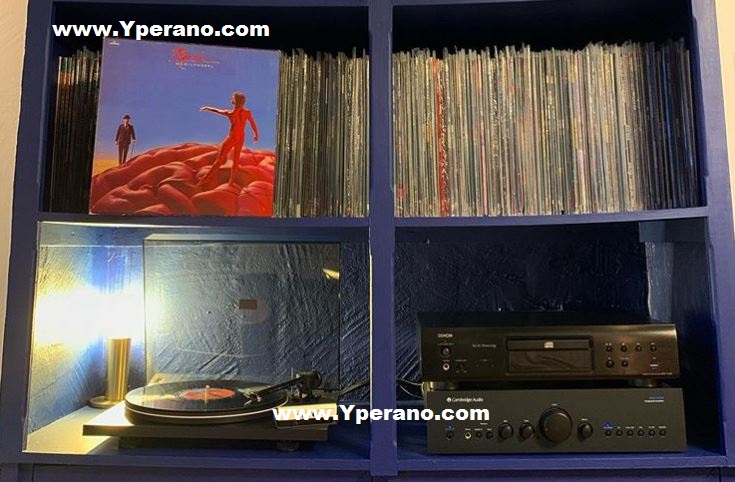

Label: Mercury – SRM-1-3743
Format: Vinyl, LP, Album,
Land: US
29 Oct 1978
Genre: Rock, Prog Rock, Hard Rock
Tracklist:
Cygnus X-1 Book II: Hemispheres (18:07), Lyrics By – Peart*, Music By – Lifeson*, Lee*
A1-I Prelude 4:30
A1-II Apollo (Bringer Of Wisdom)
A1-III Dionysus (Bringer Of Love) 4:36
A1-IV Armageddon (The Battle Of Heart And Mind) 2:52
A1-V Cygnus (Bringer Of Balance) 5:00
A1-VI The Sphere (A Kind Of Dream) 1:09
B1 Circumstances 3:42 Lyrics By – Peart*. Music By – Lifeson*, Lee*
B2 The Trees 4:46 Lyrics By – Peart*. Music By – Lifeson*, Lee*
La Villa Strangiato (9:36) Music By – Lifeson*, Lee*, Peart*
B3-I Buenos Nochas, Mein Froinds!
B3-II To Sleep, Perchance To Dream…
B3-III Strangiato Theme
B3-IV A Lerxst In Wonderland
B3-V Monsters!
B3-VI The Ghost Of The Aragon
B3-VII Danforth And Pape
B3-VIII The Waltz Of The Shreves
B3-IX Never Turn Your Back On A Monster
B3-X Monsters! (Reprise)
B3-XI Strangiato Theme (Reprise)
B3-XII A Farewell To Things
℗ © 1978 Phonogram, Inc., a Polygram Company.
Printed in U.S.A.
The code 9110-087 appears on bottom right side of back cover + in tiny black letters on bottom of both labels.
Track B3 listed only as “La Villa Strangiato” on back cover + label, but is broken down into 12 parts inside the gatefold cover.
Matrix / Runout (Side A): SRM-1-3743-A–13 \MASTERDISK GK
Matrix / Runout (Side B): SRM-1-3743 B-13 \MASTERDISK GK
THE best album of 1978:


Hemispheres is the sixth studio album by the Canadian rock band Rush, released in 1978. The album was recorded at Rockfield Studios in Wales.
This album continues Rush trend of using the fantasy and science fiction lyrics written by Neil Peart. Similar to their 1976 release, 2112, Hemispheres contains a single, epic song broken into chapters as the first half of the album (“”Cygnus X-1, Book II: Hemispheres””) while the second half contains two more conventionally-executed tracks (“”Circumstances””, “”The Trees””), then is rounded out by the nine-and-a-half-minute instrumental, “”La Villa Strangiato””.
The album contains examples of Rush adherence to progressive rock standards including the use of epic, multi-movement song structures, complex rhythms and time signatures, and flexible guitar solos, like those found in “”La Villa Strangiato””.
Hemispheres was Rush fourth consecutive Gold album upon release in 1978
Though science fiction elements are not as prevalent on this album as some previous Rush releases, it contains many fantasy elements, notably those that relate to Greek mythology. “”Cygnus X-1 Book II: Hemispheres”” is partly a continuation of the last song on Rush previous album, A Farewell to Kings (“”Cygnus X-1, Book I: The Voyage””), in that the theme of Cygnus is revisited both lyrically and musically. However, the lyrical concepts used to continue the story on this album have shifted from that of science fiction to Greek mythology, which is represented in this case by the Apollo/Dionysus dichotomy. This mythology is a vehicle to explore yet another concept, one of pop psychology: more specifically, the differences between “”left brain”” and “”right brain”” thinking, hence the title of Hemispheres. This theme was the basis for Friedrich Nietzsche The Birth of Tragedy From the Spirit of Music, which may have been the source of inspiration for Peart lyrics.
The story of the side-long suite “”Cygnus X-1 – Book II”” begins with an expository lyric stating the cause of the current situation in the story being the competition of the gods Apollo and Dionysus for the “”fate of man.”” Apollo is first shown wooing the people with “”truth and understanding,”” “”wit and wisdom fair”” as “”precious gifts beyond compare.”” The people delight in these gifts and commence to an “”age of enlightenment,”” yet they feel something is missing, it has become an intellectual exercise divorced from human meaning. Dionysus enters the song at this stage with promises of “”love”” and suggests the people throw off the “”chains of reason.”” The cities are abandoned and a Woodstock-like bacchanal commences, but the people, having abandoned reason, find themselves at the mercy of the elements. The people began to fight over the solution to their ills in an all-or-nothing approach (reason OR emotion). The world becomes divided into “”sundry hemispheres”” (hence the connection to the “”pop”” psychology of the right and left brain mythos.)
The focus now shifts to the protagonist of “”Cygnus X-1″” from A Farewell to Kings. Acting on an old legend, he has piloted his ship directly into the black hole within the constellation Cygnus; he now emerges in Olympus, the home of the Greek gods, as a disembodied spirit. From here, he has a “”god-eye”” view of the battle and can see that the people have divided themselves by a false dichotomy. His silent cry of terror is heard by all, even the gods themselves, who recognize the wisdom of his view and christen him Cygnus, the God of Balance. The suite closes with a short, quiet movement in which he relates his vision of how people should live: “”With the heart and mind united/In a single perfect sphere.””
The album cover depicts the conflict between the two gods, represented as men atop opposite halves (hemispheres) of a large human brain. Apollo is on the left side, wearing a black business suit and bowler hat and holding a cane, while the naked Dionysus beckons to him from the right side.
The track “”Circumstances”” appears to be an autobiographical account on Peart part, with references to the time he spent living in England before moving back to Canada and joining Rush.
“”The Trees”” is one of Rush more popular songs. A fable told through fantasy lyrics, a forest suffers from the competition of tall oak trees and shorter maple trees for sunlight. In the end, no one wins as the “”trees are all kept equal by hatchet, axe, and saw.”” The song meaning is often debated by fans.
One common interpretation is that the song is allegorical – descriptive of the relationship between Canada and former ‘mother country’ Britain. In this reading, the Oaks represent Britain, the Maples represent Canada, with the song telling the tale of Neil Peart desire to throw colonialism and the British monarchy and see full independence for Canada.
Another interpretation would say the Oaks are the producers of society, and enjoy the greatest benefits, much to the chagrin of the Maple. So the Maples punish them in the name of “”fairness””, and in the end all that reduced is the Oak stature, with the Maples gaining nothing.
Peart has been quoted as saying that the lyrics for this song were inspired by a cartoon and that the song has no deep meaning, but also has said that it is a parable about collectivism.[citation needed]
“”La Villa Strangiato”” is an instrumental, exhibiting the musicianship of the band as a whole, as well as each member individually. One particularly humorous guitar riff in the song may pick at the listener memory, though its origin may prove elusive for many people. It is in fact based upon a song composed by Raymond Scott in 1936, entitled “”Powerhouse””. This song has been used extensively in various cartoons since the 1940s, no doubt where guitarist Alex Lifeson picked it up from.

Track listing:
All songs written by Alex Lifeson, Geddy Lee and Neil Peart.
Side one
“”Cygnus X-1 Book II: Hemispheres””
I: “”Prelude”” – 4:27/4:30
II: “”Apollo”” Bringer of Wisdom
III: “”Dionysus”” Bringer of Love – 4:36/4:36
IV: “”Armageddon”” The Battle of Heart and Mind – 2:55/2:52
V: “”Cygnus”” Bringer of Balance – 5:01/5:00
VI: “”The Sphere”” A Kind of Dream – 1:02/1:09
Side two
“”Circumstances”” – 3:41/3:42
“”The Trees”” – 4:46/4:46
“”La Villa Strangiato (An Exercise in Self-Indulgence)”” – 9:35/9:36
I: “”Buenos Nochas, Mein Froinds!”” – (1:00)
II: “”To sleep, perchance to dream…”” – (0:27)
III: “”Strangiato theme”” – (2:00)
IV: “”A Lerxst in Wonderland”” – (3:16)
V: “”Monsters!”” – (5:49)
VI: “”The Ghost of the Aragon”” – (6:10)
VII: “”Danforth and Pape”” – (6:45)
VIII: “”The Waltz of the Shreves”” – (7:26)
IX: “”Never turn your back on a Monster!”” – (7:52)
X: “”Monsters! (Reprise)”” – (8:03)
XI: “”Strangiato theme (Reprise)”” – (8:17)
XII: “”A Farewell to Things”” – (9:20)
Personnel:
Geddy Lee – bass guitars, vocals, Oberheim 8-voice synthesizer, Mini-Moog Synthesizer, Moog Taurus Pedals
Alex Lifeson – electric, acoustic and classical guitars, Roland Guitar Synthesizers, Moog Taurus Pedals
Neil Peart – drums, orchestra bells, bell-tree, tympani, gong, cowbells, temple blocks, wind chimes, crotales”
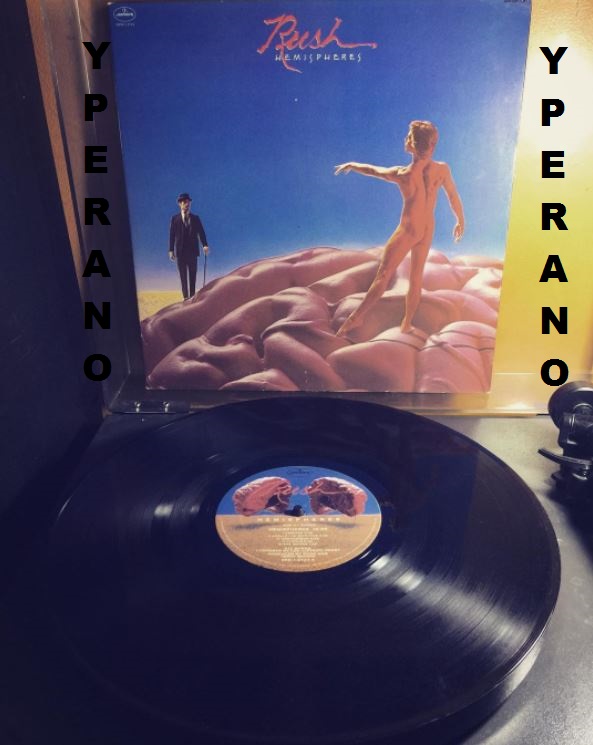



Check the www.yperano.com site for more RUSH vinyl records, CDs (and T-shirts, tour programs)
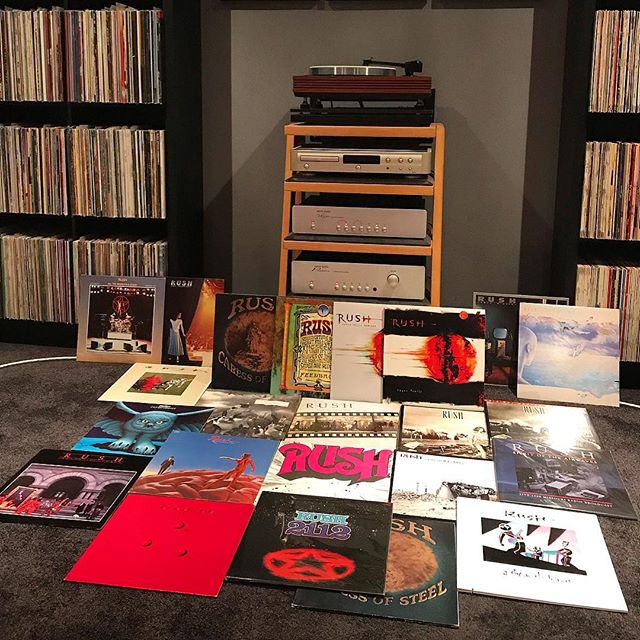
Check the www.yperano.com site for more RUSH vinyl records, CDs (and T-shirts, tour programs)




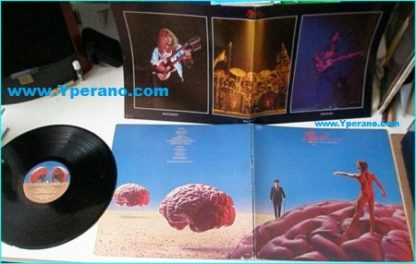


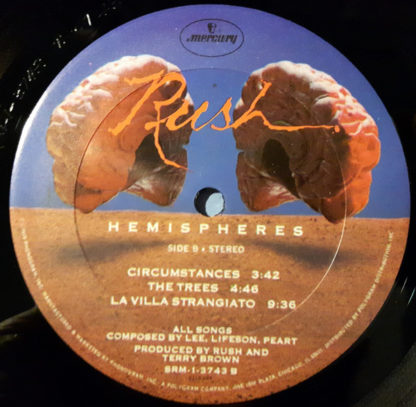












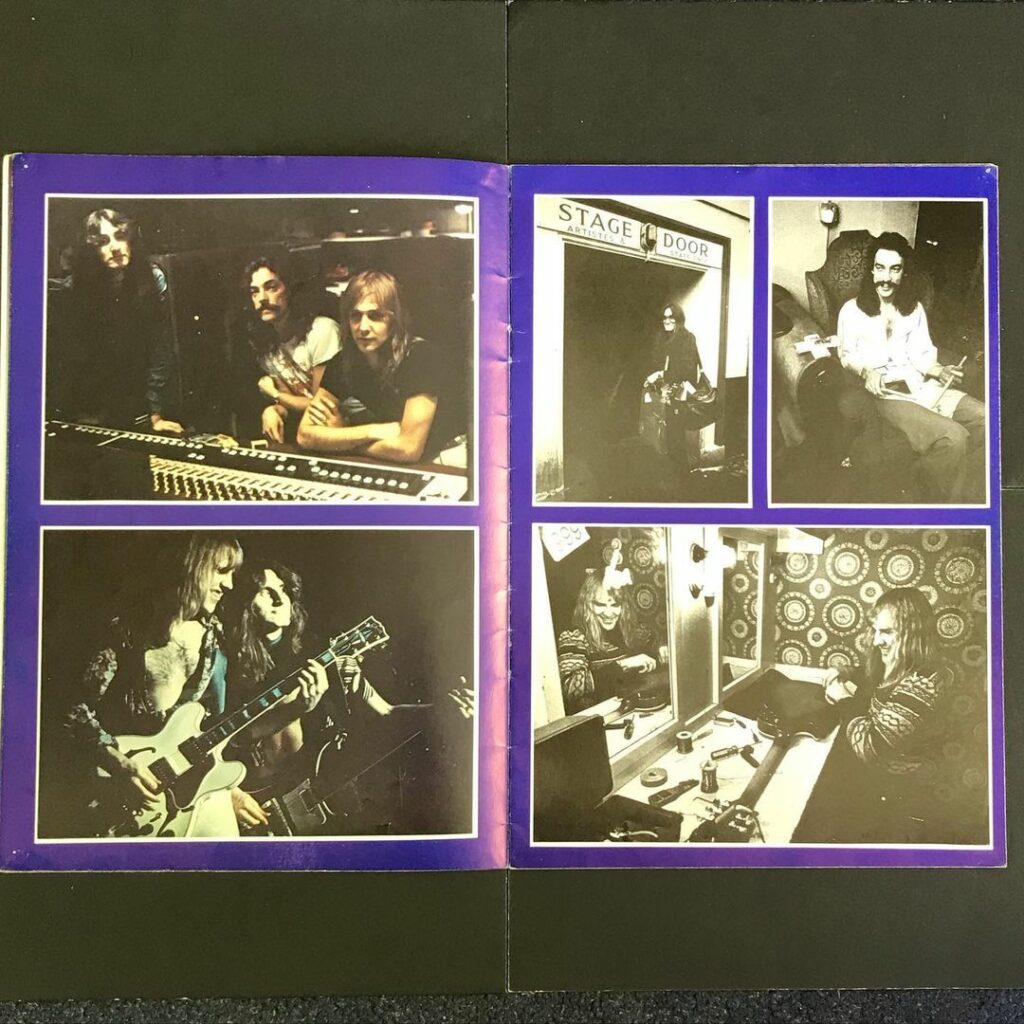

![DE/TEST: Language Of Violence CD [Neo Thrash Metal and Hardcore] a la MACHINE HEAD -](https://yperano.com/wp-content/uploads/2016/03/18279-DETEST-Language-Of-Violence-CD-Neo-Thrash-Metal-and-Hardcore-a-la-MACHINE-HEAD.jpg)
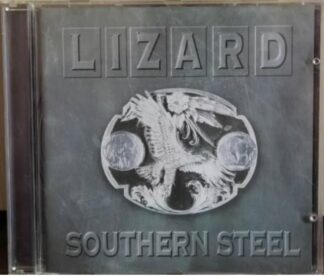
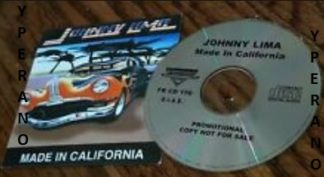
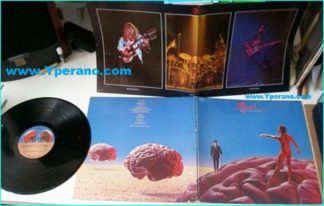


Reviews
There are no reviews yet.